Scientists Extract Ancient RNA from 40,000-Year-Old Woolly Mammoth
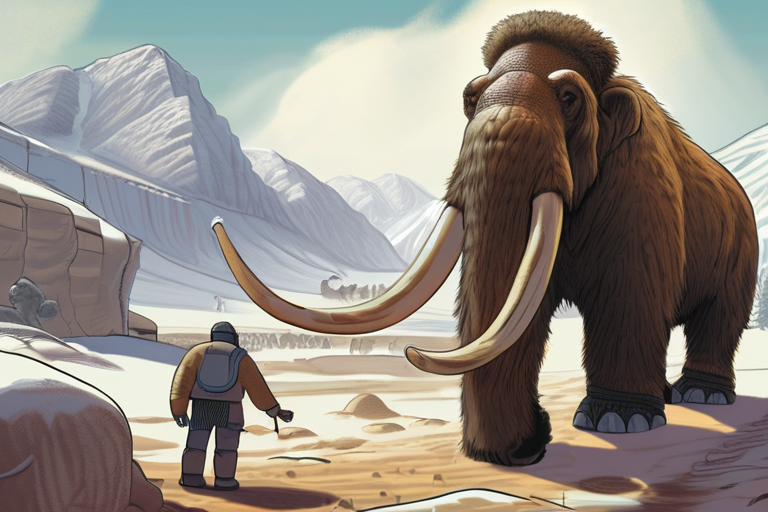
Multi-Source Journalism
This article synthesizes reporting from multiple credible news sources to provide comprehensive, balanced coverage.

Multi-Source Journalism
This article synthesizes reporting from multiple credible news sources to provide comprehensive, balanced coverage.
Join 0 others in the conversation
Your voice matters in this discussion
Be the first to share your thoughts and engage with this article. Your perspective matters!
Discover more articles
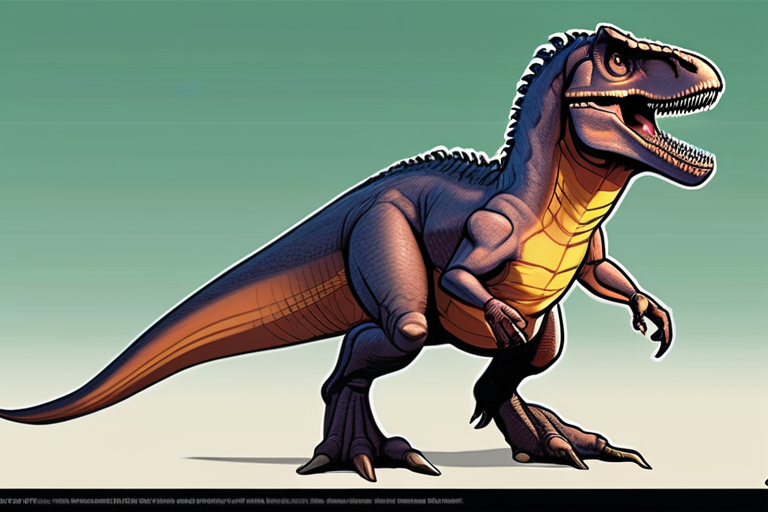
Scientists have discovered a previously unknown dinosaur species, Khankhuuluu, in Mongolia, which marks a pivotal moment in the evolution of Tyrannosaurs. This transitional species, dating back 85 million years, showcases the transformation of agile
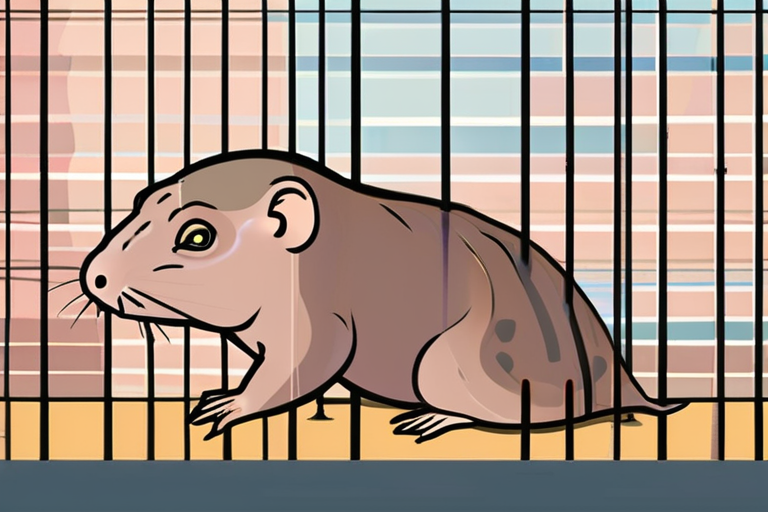
Scientists have made a groundbreaking discovery in the field of aging, finding that a small tweak in a protein found in naked mole-rats allows them to repair DNA damage more effectively, leading to their remarkable longevity. This genetic change, whi

A correction has been made to a recent Nature article regarding the surname of author Erik Larsson. The mistake was corrected in both the online and PDF versions of the article. This minor revision ensures the accuracy of the publication's author inf

New research reveals that hippos roamed Europe during the last ice age, contradicting previous assumptions. Evidence suggests they migrated to Central Europe around 47,000 years ago and thrived despite harsh climate conditions, challenging our unders

A correction has been made to a recent article published in Nature regarding the surname of author Erik Larsson. The mistake was corrected in both the online and PDF versions of the article. This minor correction ensures the accuracy of the publicati
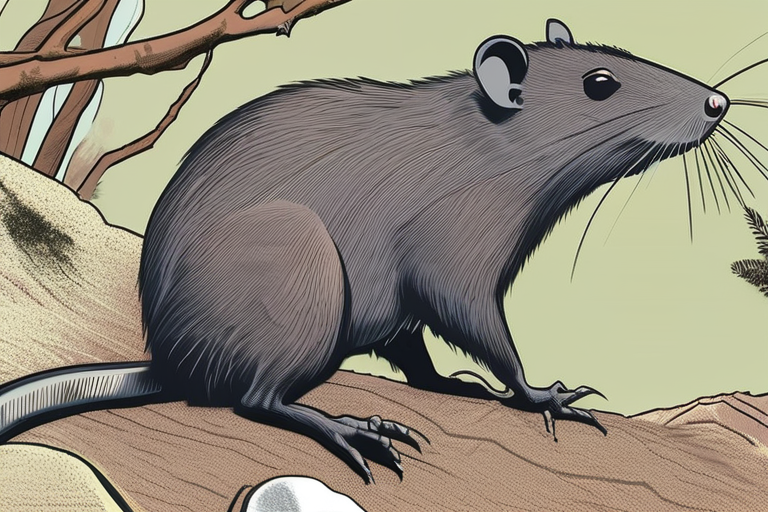
In a groundbreaking discovery, a Czech researcher has captured the first-ever scientific evidence of the elusive Subalpine Woolly Rat, Mallomys istapantap, in the wild after a 30-year absence. This giant rodent, previously known only from museum spec

A groundbreaking analysis of fossil remains suggests that the shared ancestor of modern humans, Neanderthals, and Denisovans lived over a million years ago, more than twice as long as previously believed. This discovery has significant implications f
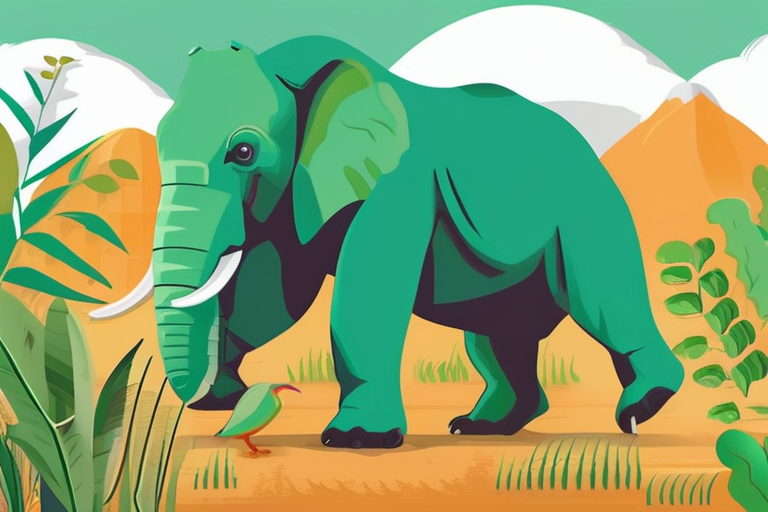
The International Union for Conservation of Nature has voted to allow further exploration of genetic engineering tools to aid in species preservation, sparking debate on the ethics of modifying wild animals' DNA. While some see this as a potential so
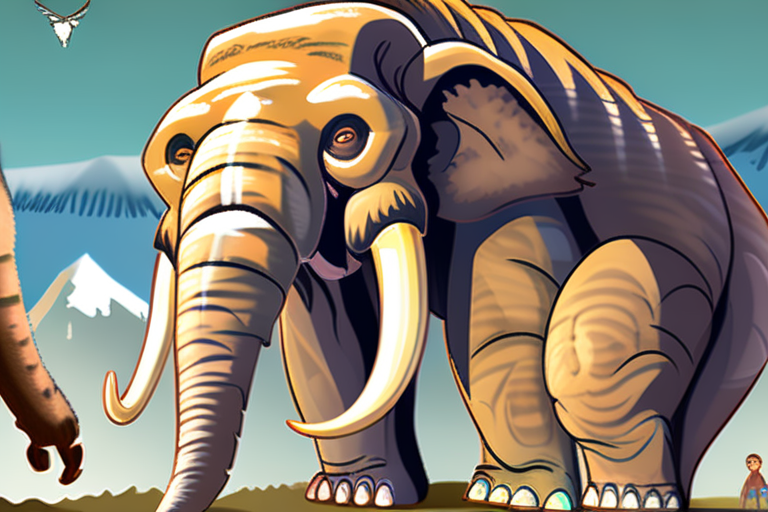
Researchers have uncovered a unique genetic profile of Central American mammoths, revealing a distinct lineage that diverges from other woolly and Columbian mammoth species. This discovery, based on DNA extracted from bones found in the Basin of Mexi
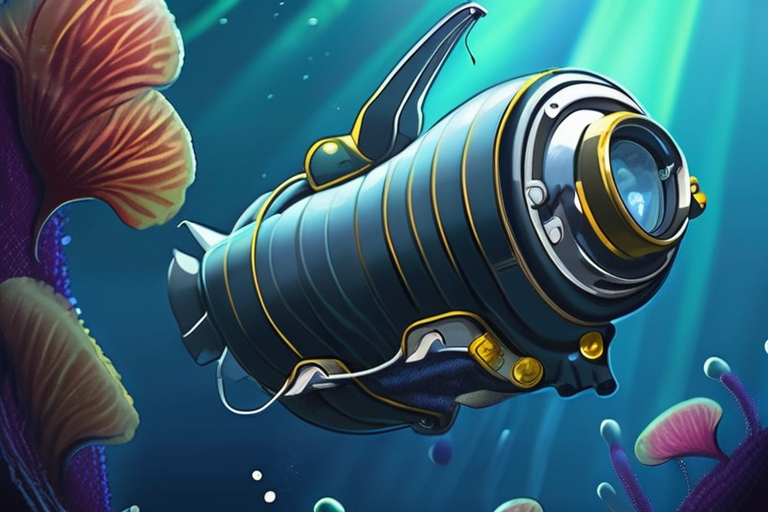
In a groundbreaking discovery, scientists have found life thriving in one of the Earth's most inhospitable environments, a deep-sea area with a pH of 12, where survival seems nearly impossible. Researchers used lipid biomarkers to reveal how microbes

Researchers have unearthed groundbreaking insights into the evolution of Paranthropus robustus, a 2-million-year-old human relative, by analyzing ancient proteins from its tooth enamel. This discovery reveals unexpected genetic diversity, challenging
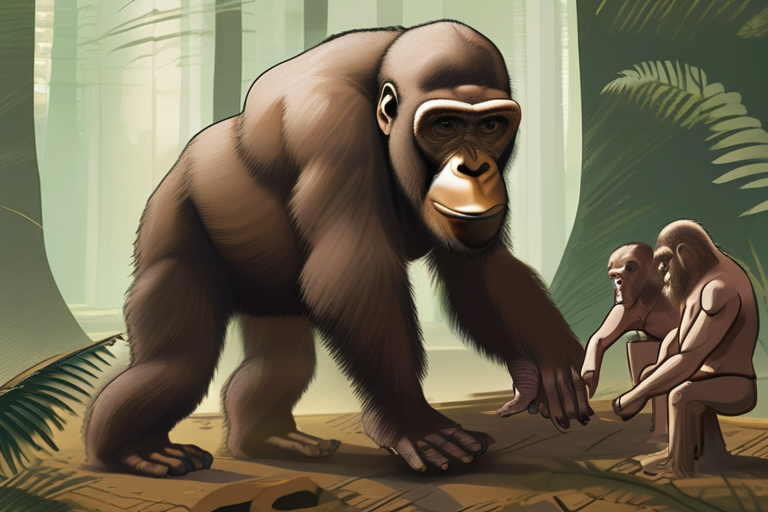
A reconstructed fossil skull from China has revealed surprising clues about our ancient ancestors, suggesting that a shared ancestor of modern humans, Neanderthals, and Denisovans may have lived over a million years ago - more than double the previou

In a groundbreaking discovery, paleontologist Chinzorig Tsogtbaatar unearthed a stunning new species of pachycephalosaur in Mongolia, a 110-million-year-old dinosaur with a dome-shaped skull that's rewriting the book on these enigmatic creatures. The
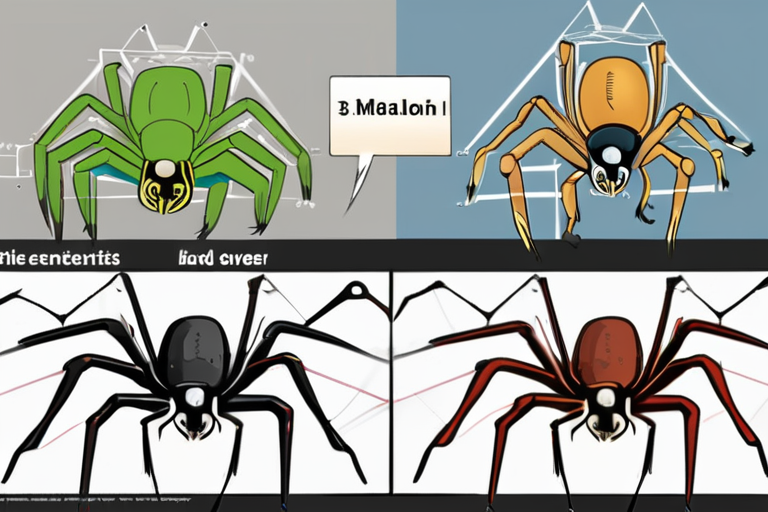
Scientists have made a groundbreaking discovery on the Canary Islands, where a spider species, Dysdera tilosensis, has remarkably reduced its genome size by half over a few million years, defying traditional evolutionary theories. This unexpected dow
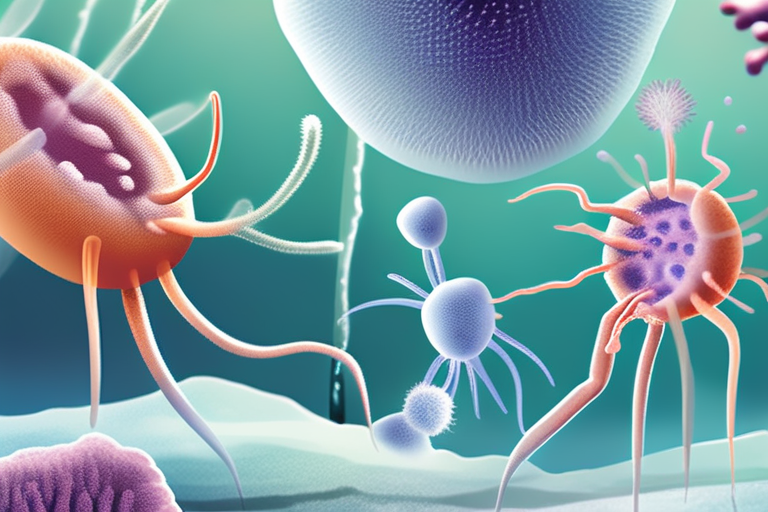
Scientists have discovered microorganisms in Siberian permafrost that appear to have survived for over 100,000 years, sparking new insights into the potential for long-term survival in extreme conditions. The findings suggest that certain microbes ma

Renowned biologist John Gurdon has passed away, leaving behind a legacy of groundbreaking discoveries that transformed our understanding of cell biology and development. His pioneering work on nuclear transfer and stem cell reprogramming paved the wa

Scientists have unearthed 6-million-year-old ice in Antarctica, providing the oldest direct record of Earth's ancient atmosphere and climate. This groundbreaking discovery reveals a dramatic cooling trend and offers unparalleled insights into greenho
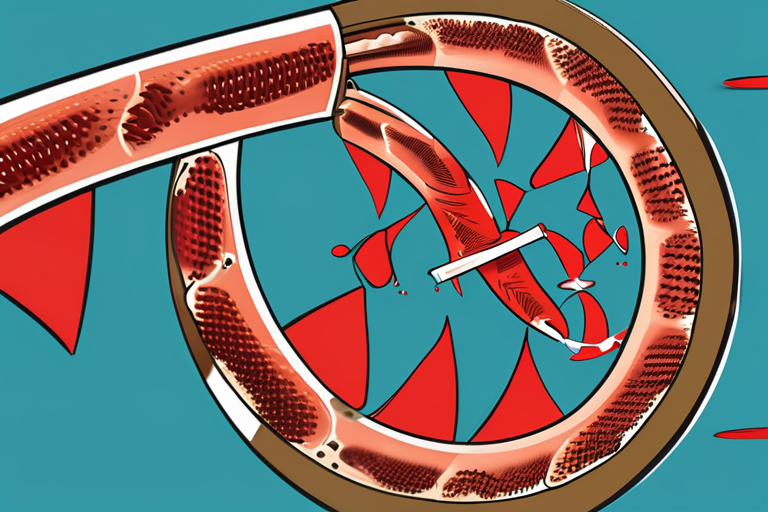
A correction has been made to an article published in Nature regarding the surname of author Erik Larsson. The mistake was corrected in both the online and PDF versions of the article. This change ensures accuracy in the publication's authorship info
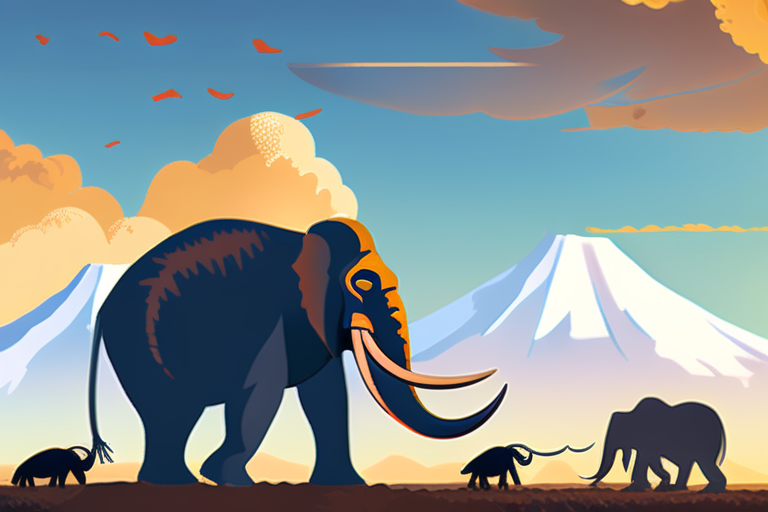
A recent genetic study has revealed that Central American mammoths, previously thought to be a hybrid of woolly and Columbian mammoths, actually form a distinct genetic cluster. This discovery was made possible by obtaining DNA from mammoth remains f

In a stunning discovery, archaeologists have uncovered evidence that Australia's First Peoples were fossil collectors, not hunters, of the continent's Ice Age megafauna. The team analyzed a 44,500-year-old fossilized leg bone of an extinct kangaroo,

A long-standing debate in paleontology has finally been settled, with a new study confirming that Nanotyrannus is a distinct species of dinosaur. The research, published in the journal Nature, reveals that Nanotyrannus contains two separate species,

A groundbreaking study reveals that hippos once inhabited frozen Germany alongside mammoths, defying previous assumptions that they went extinct in Europe around 115,000 years ago. Ancient DNA and radiocarbon dating confirm that hippos thrived in the
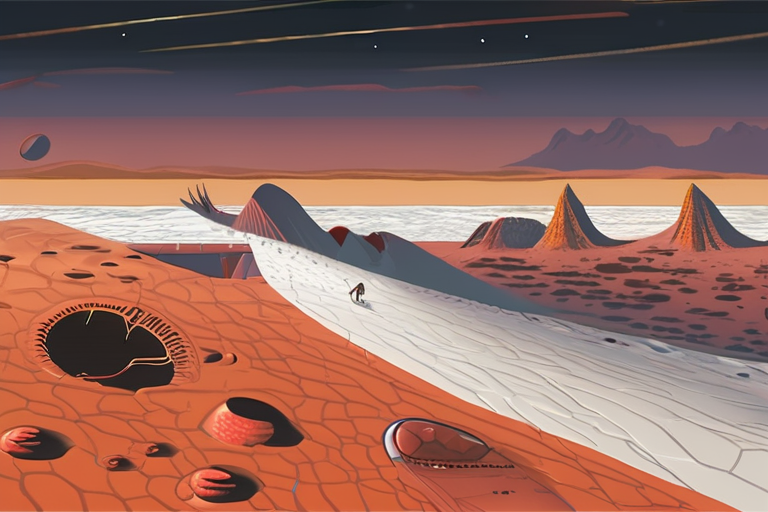
In a groundbreaking discovery, scientists have found life thriving in one of the Earth's most inhospitable environments, a deep-sea area with a pH of 12, where survival seems nearly impossible. By analyzing specialized fat molecules, researchers reve
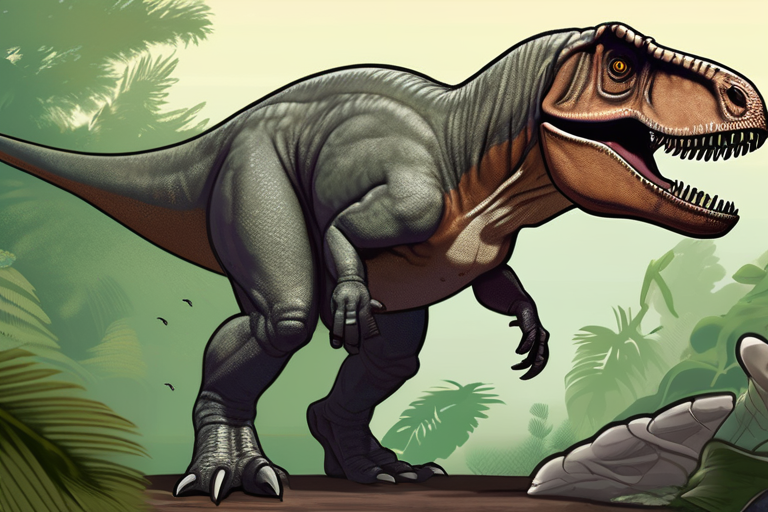
New research published in Nature reveals that the Tyrannosaurus and its distinct relative, Nanotyrannus, coexisted at the close of the Cretaceous period, shedding light on the complex ecosystem dynamics before the mass extinction event. The discovery
Share & Engage Share
Share this article